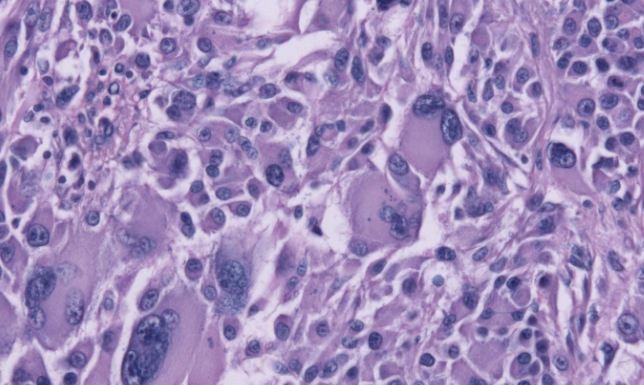The welcome news the cancer death rate for children in the United States has fallen is being offset by unsettling data showing brain cancer replacing leukemia as the most common cancer that causes death in children.
A new report by the U.S. Centers for Disease Control and Prevention (CDC) shows the cancer death rate for children and adolescents aged 1 to 19 years old in the U.S. fell 20 percent, or from 2.85 to 2.28 per 100,000 population for the period 1999 to 2014.
Declines in cancer death rates in this same time frame were experienced among both white and black persons aged 1 to 19 years and for all 5-year age groups.
The cancer death rate for males aged 1-19 years in 2014, however, was 30 percent higher than for females. The cancer death rate for females in 2014 (1.98 percent) was 22 percent lower than the 1999 rate (2.54 percent), while the rate for males in 2014 (2.57 percent) was 18 percent lower than the 1999 rate (3.15 percent).
Cancer death rates in 1999-2014 for male children and adolescents aged 1-19 years were continually higher than for their female counterparts. During this period, the male-to-female rate ratios ranged from 1.1 to 1.3, and the rate ratio was 1.3 in 2014.
From 1999 to 2014, brain cancer replaced leukemia as the most common cancer causing death among children and adolescents aged 1 to 19 years. It accounted for 3 out of 10 cancer deaths in 2014.
Data shows there are still more new cases of leukemia each year than new cases of brain cancer, but it no longer accounts for the most deaths. This shift is explained by advances in leukemia treatment over the past few decades.
It's also because leukemia (a type of cancer that affects the blood) is easier than brain cancer to treat.
"Some types of leukemia that a generation ago were almost universally fatal are now almost universally treatable," said Sally Curtin of the CDC, a statistician who helped with the report.
The rate of death from brain cancer for children has remained at about the same level for at least 15 years, said the CDC. The trend is similar for adults, noted the American Cancer Society.
CDC said that since the mid-1970s, cancer death rates among children and adolescents in the United States showed marked declines despite a slow increase in incidence for some of the major types (1-3). These trends have previously been shown through 2012.



























